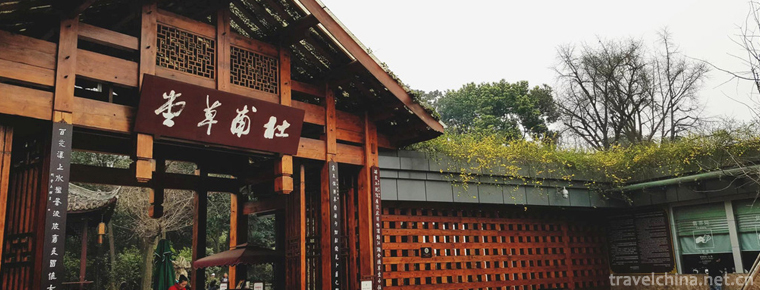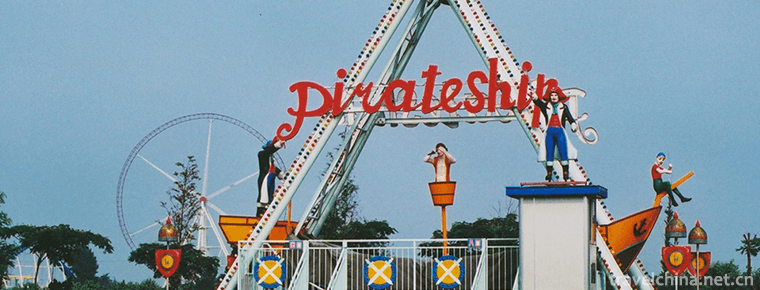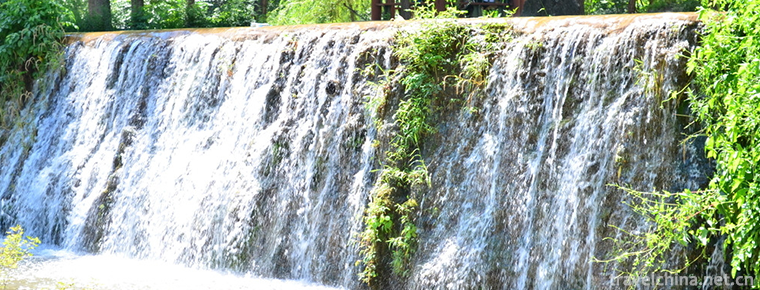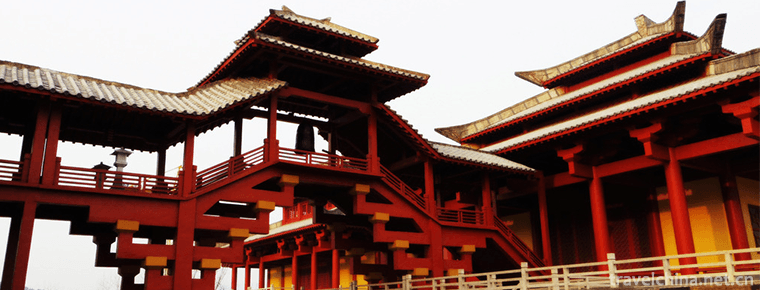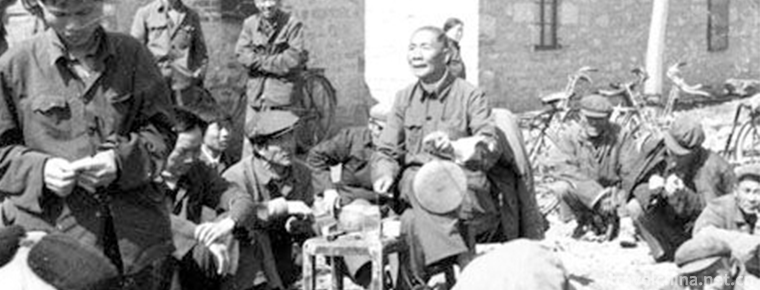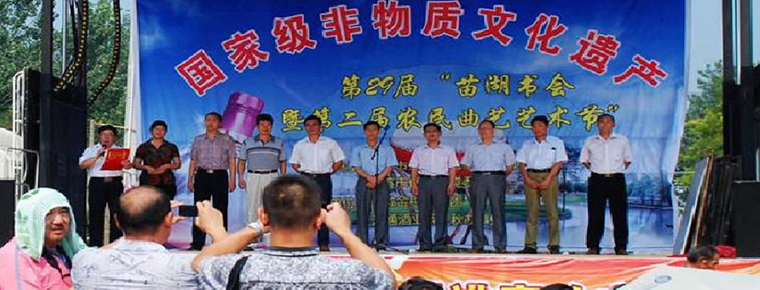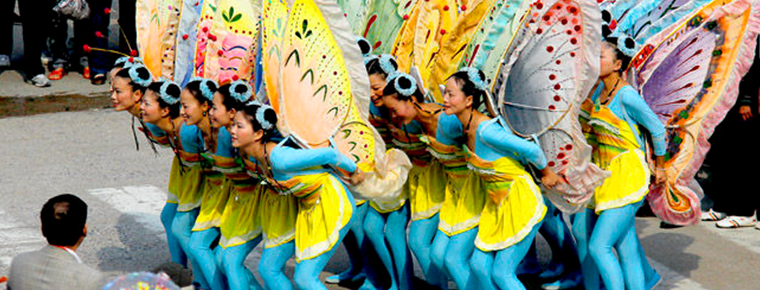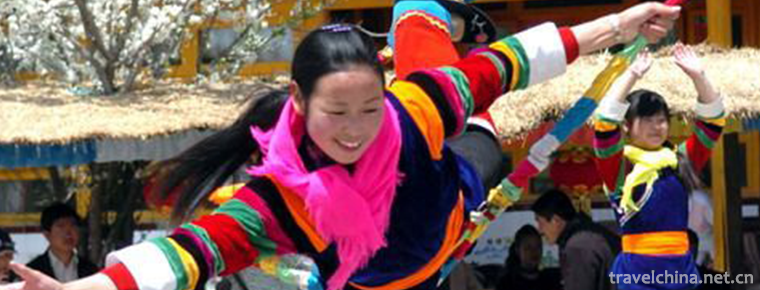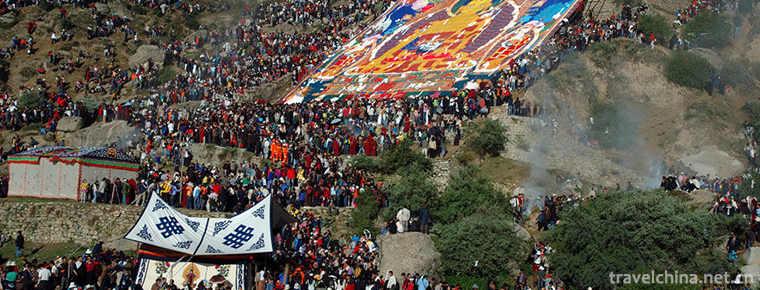A harmonic
A harmonic
A harmonic, also known as Dabu Ah Hsiang, means "the song of laborers", originated from a form of labor called "Da Ah Hsiang" among Tibetan people.
On June 7, 2008, the Ah Harmony declared by Tibet Autonomous Region, such as the county, was listed in the second batch of national intangible cultural heritage list with the approval of the State Council. The serial number is 681 III-84.
historical origin
"Ah" is a kind of concrete-like building material used in the traditional Tibetan construction industry to lay the interior surface and roof. When building a house, young men and women work, sing and dance, and use unique tools to consolidate the "Ah" soil. Form is a combination of singing and dancing, strength and skills. It not only entertains the body and mind, but also exercises the body in a distinct rhythm.
Inheritance significance
"Ah Harmony" and "Strong Harmony" are two traditional Tibetan folk dances, but also an ancient way of labor. This artistic form integrates labor and dance, and endows them with a real sense of coexistence and coordination.
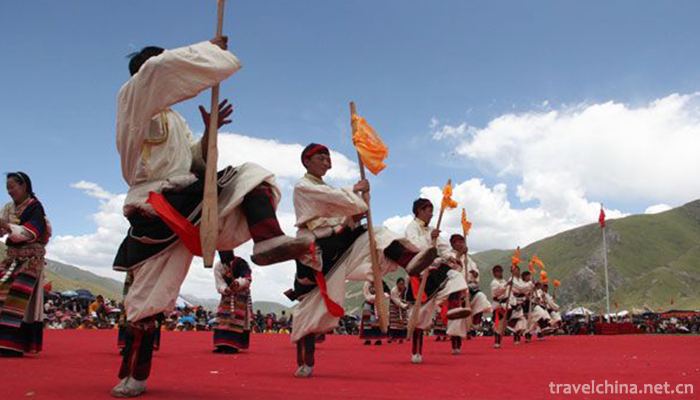
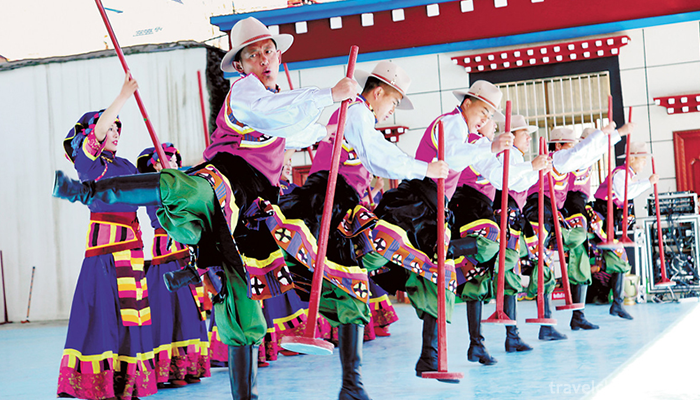
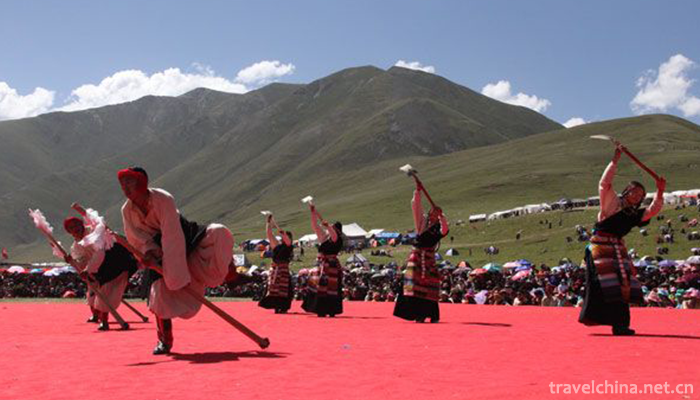
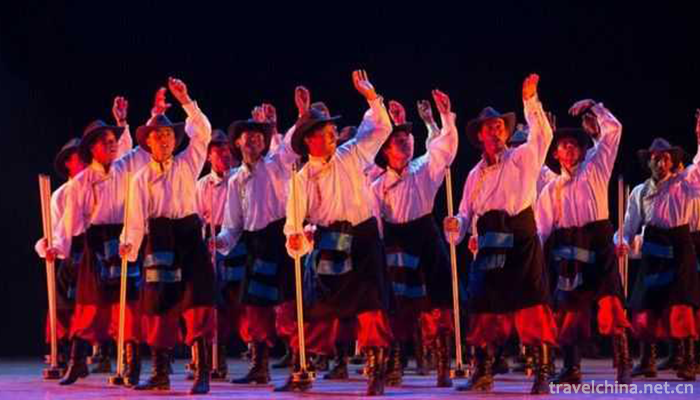
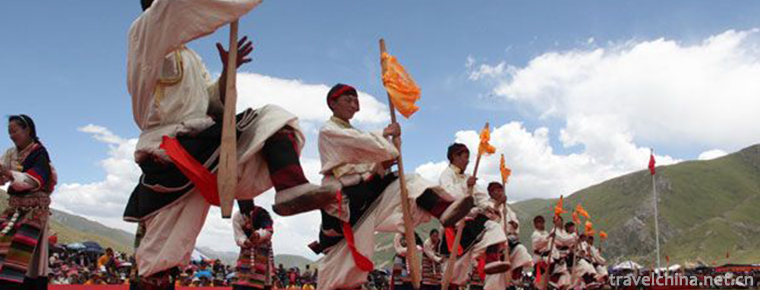
A harmonic
-
Du Fu Cottage
No. 37 Qinghua Road, Qingyang District, Chengdu, Sichuan, China
Views: 241 Time 2018-10-01 -
Wanpingkou Scenic Area
Wanpingkou scenic spot is located in Rizhao, a beautiful coastal city in Shandong Province. "Tourist sunshine is bound to Wanpingkou" has become the consensus of tourists around the world
Views: 107 Time 2018-12-17 -
Century Happy Park
Views: 367 Time 2018-12-19 -
Huhu Water Eco Scenic Spot
Located in the southwestern edge of Pingshan County, Hebei Province, the old revolutionary area, the Biaoshui Eco-Scenic Spot has a tourist area of 11.5 square kilometers, an altitude of 800-1100 mete
Views: 240 Time 2019-01-12 -
Hengdian Film and Television City Scenic Area
Hengdian Film and Television City is a large-scale comprehensive tourist area which integrates film and television, tourism, vacation, leisure and sightseeing. It has been rated as the national AAAAA-
Views: 192 Time 2019-01-13 -
Hangzhou Reviews
Hangzhou commentary originated from the Southern Song Dynasty, and has a history of 800 years. It is the most characteristic local traditional folk art in Hangzhou, Zhejiang Province.
Views: 206 Time 2019-05-02 -
Jieshou Book Club
The first book of the world will be a national list of intangible cultural heritage. Miaohu Book Club in Jieshou City is a unique bonsai project in its culture and art.
Views: 141 Time 2019-05-06 -
Eighteen Butterflies
Eighteen butterflies is a local traditional dance form popular in the central part of Zhejiang Province (mainly in the area of Jinhua Yongkang). Twenty young women play the whole set of eighteen butte
Views: 124 Time 2019-06-15 -
Turkish Wheel Autumn
There is a beautiful and magical legend about the origin of Tu's wheel autumn. Legend has it that in order to find a way out of life, the ancestors of the Tu nationality ploughed their fields successi
Views: 220 Time 2019-06-23 -
Sho Dun Festival
The Shirton Festival is a traditional religious festival of Tibetan people in Tibet, Qinghai, Gansu, Sichuan, Yunnan and other provinces and regions. It is mostly held in early February, mid-April or
Views: 185 Time 2019-07-09 -
Bruce Lee
Bruce Lee (November 27, 1940 -1973 July 20th) Lee Jun Fan Teacher Ye Wen Born in California, USA San Francisco The ancestral home of China Guangdong Province Foshan City Shunde District Junan Town The
Views: 168 Time 2019-09-04 -
Mianyang economy
In 2019, the gross domestic product (GDP) of Mianyang City will reach 285.620 billion yuan, which will increase by 8.1% according to the comparable price. The growth rate is 0.6 percentage points higher than the average level of the whole province.
Views: 144 Time 2020-12-14
